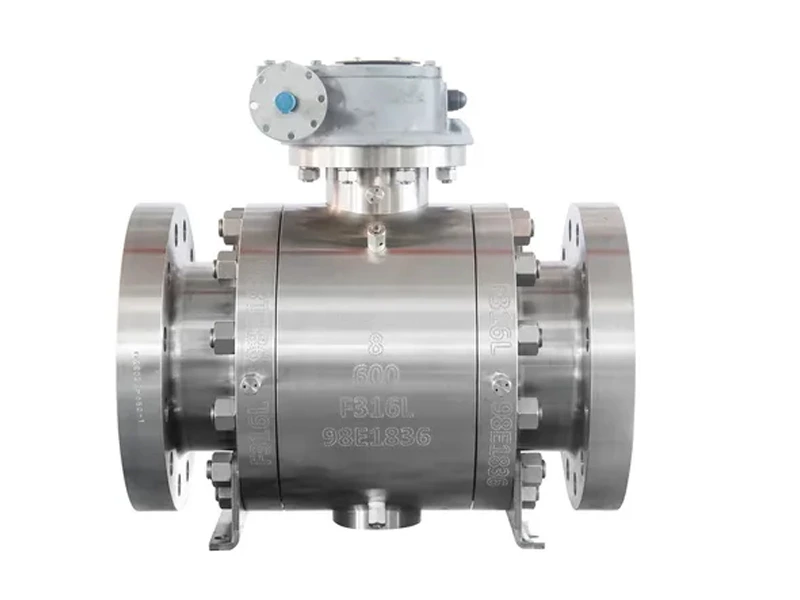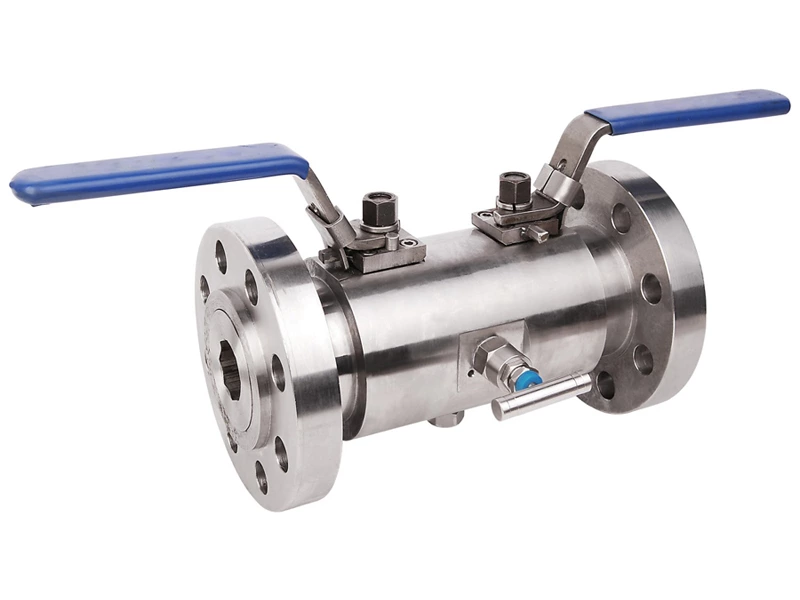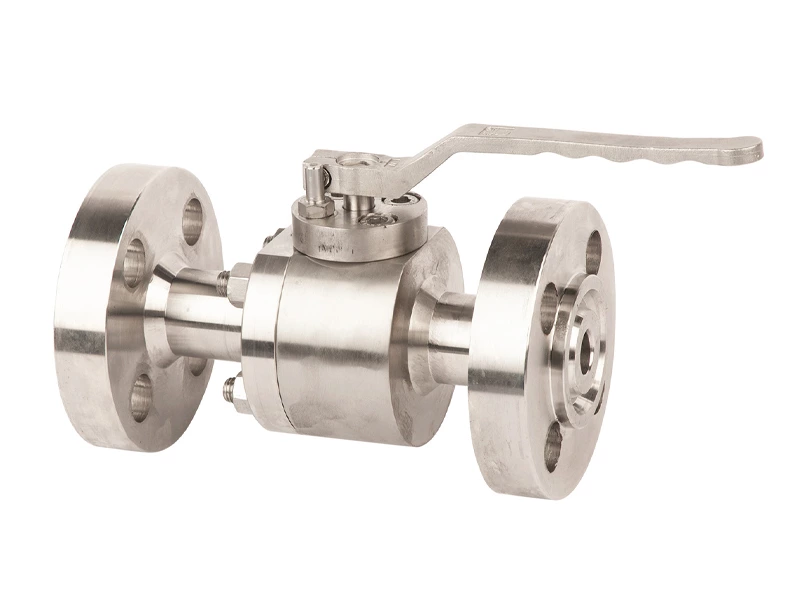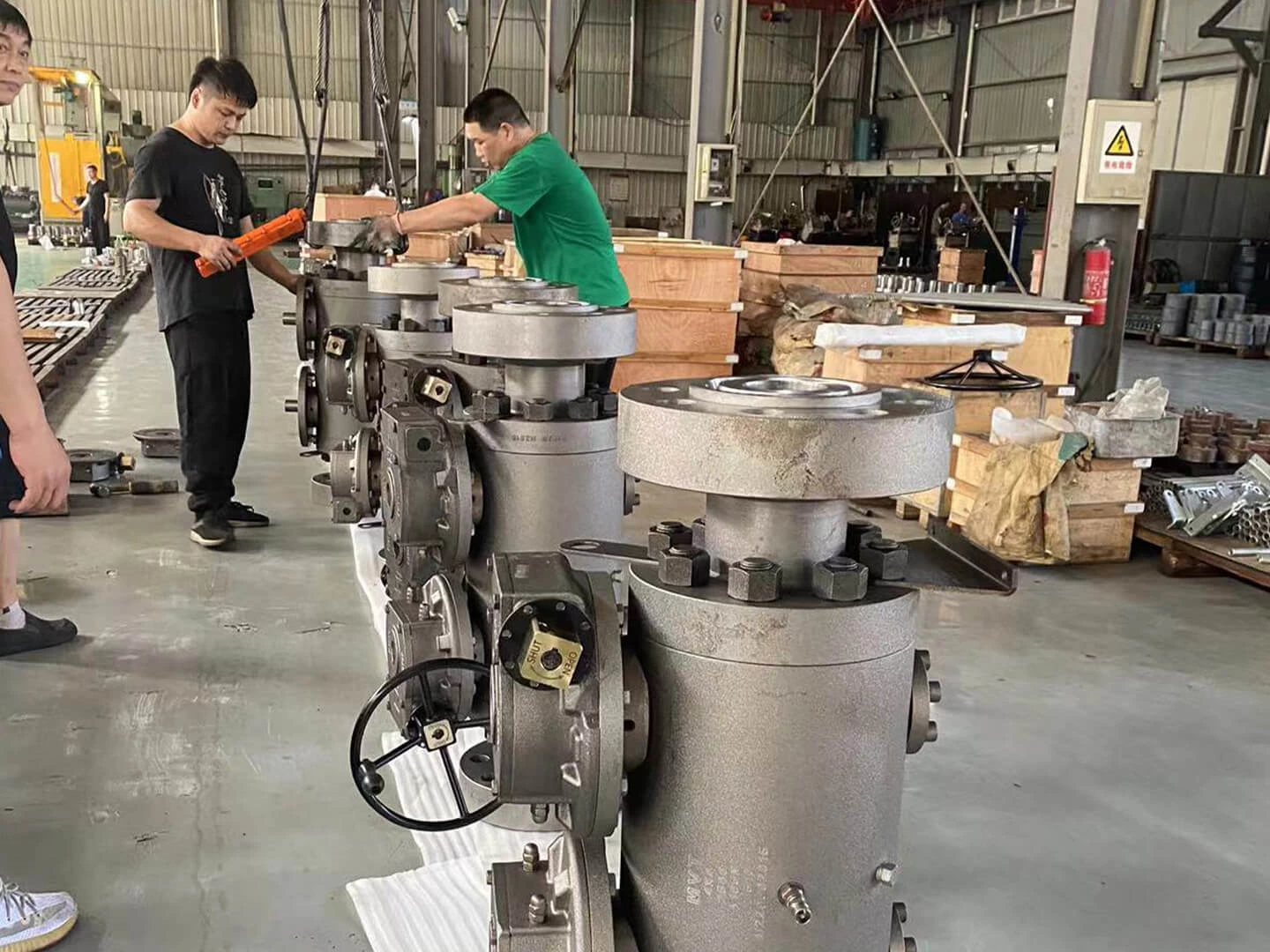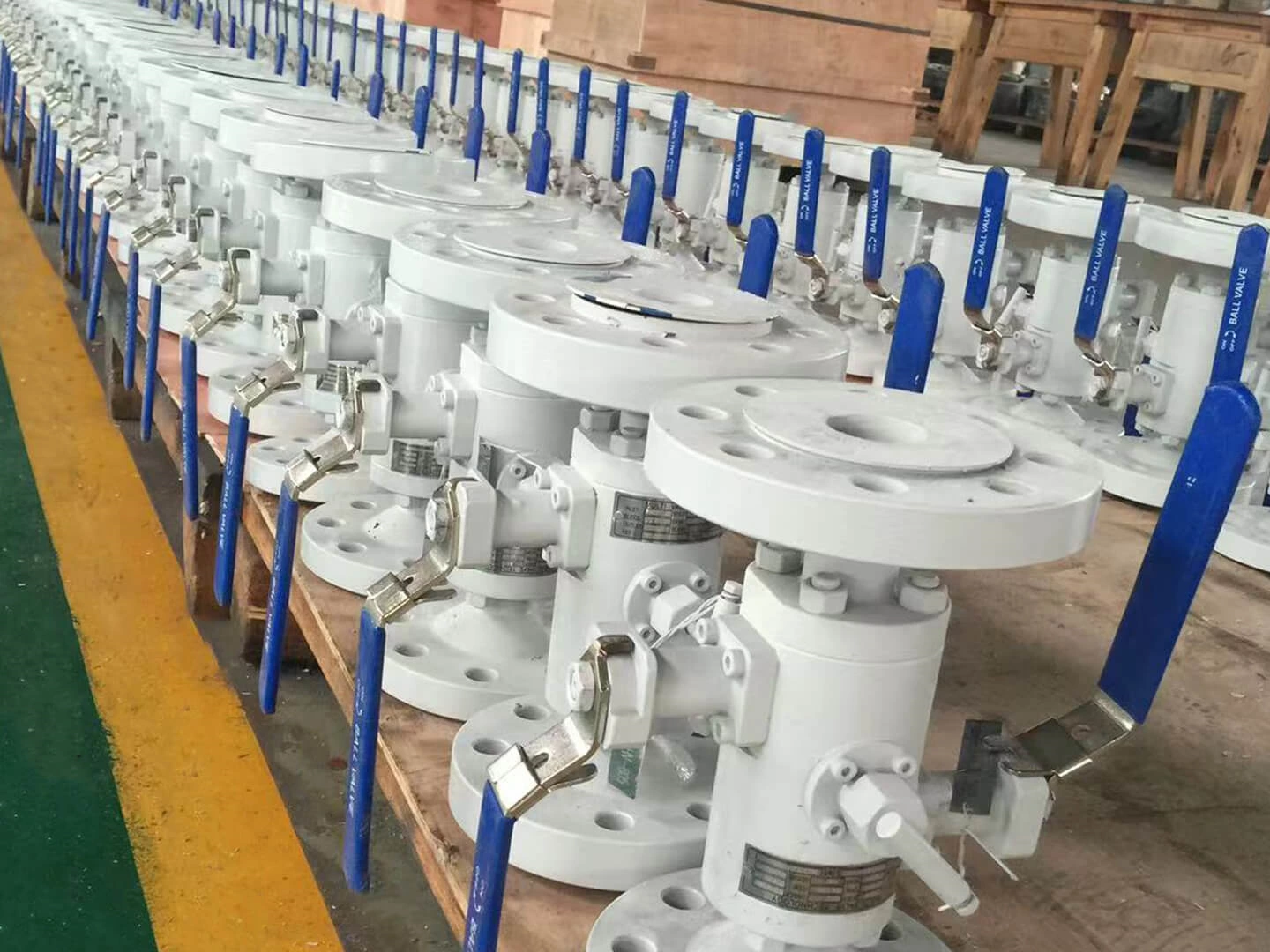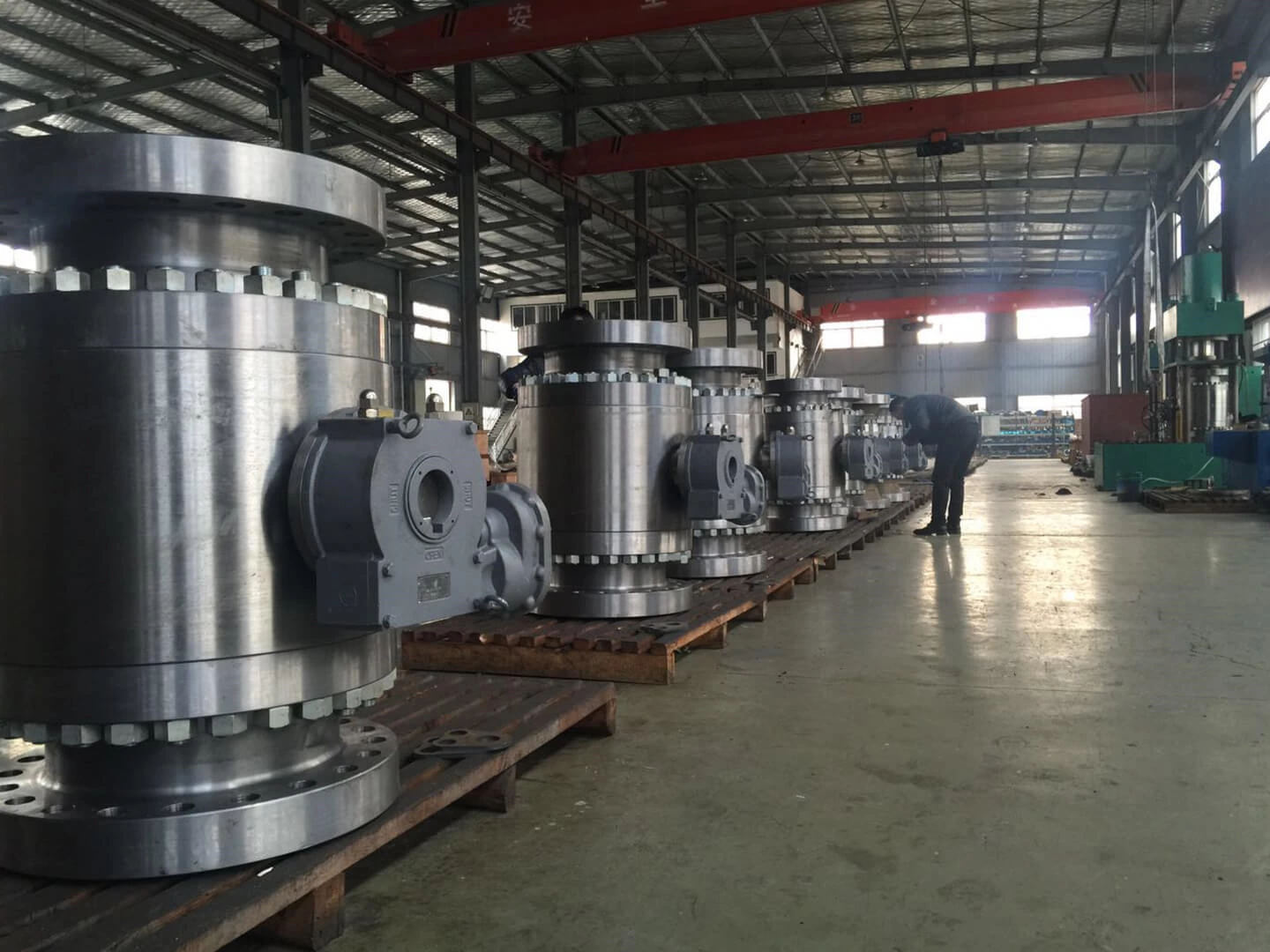How Does a Ball Valve Work? Your Best Guide to Choose Valve Types-MULTI-VALVE TECHNOLOGY
How Does a Ball Valve Work? Your Best Guide to Choose Valve Types
Introduction
Ball valves are essential components in a wide range of industrial and residential applications,from plumbing systems to complex industrial pipelines.They are known for their reliability,durability,and ease of operation.Understanding how a ball valve works and knowing how to choose the right type of valve can significantly impact the efficiency and safety of your system.This guide aims to provide a comprehensive overview of ball valves and offer valuable insights into selecting the best valve type for your specific needs.
What Is a Ball Valve?
A ball valve is a type of quarter-turn valve that uses a spherical disc to control the flow of fluids.The ball has a hole,or port,through the middle,which allows fluid to flow through the valve when the port is aligned with the pipeline.When the ball is rotated 90 degrees,the port becomes perpendicular to the flow,effectively blocking it.This simple yet effective mechanism makes ball valves highly reliable and suitable for various applications.
How Does a Ball Valve Work?
Basic Components
A typical ball valve consists of several key components:
• Ball:The central component of the valve,usually made of metal or plastic.It has a hole through the middle,which allows fluid to pass through when aligned with the pipeline.
• Stem:The stem connects the ball to the handle or actuator.It allows the user to rotate the ball to open or close the valve.
• Body:The body of the valve houses the ball and provides a seal to prevent fluid leakage.It is typically made of metal or durable plastic.
• Seal:The seal,usually made of rubber or other flexible materials,ensures a tight seal between the ball and the body,preventing fluid from leaking around the ball.
• Handle or Actuator:The handle or actuator is used to manually or automatically rotate the ball.In manual ball valves,a lever or handle is used to turn the ball.In automated systems,an electric or pneumatic actuator controls the valve's operation.
Operation Mechanism
The operation of a ball valve is straightforward:
• Open Position:When the handle or actuator is turned to the open position,the ball's port aligns with the pipeline,allowing fluid to flow through the valve.The fluid enters the valve through the inlet port,passes through the hole in the ball,and exits through the outlet port.
• Closed Position:When the handle or actuator is turned to the closed position,the ball rotates 90 degrees,positioning the port perpendicular to the flow.This blocks the fluid passage,stopping the flow.
• Quarter-Turn Operation:Ball valves are known for their quarter-turn operation,meaning they only require a 90-degree rotation to switch between fully open and fully closed positions.This quick operation makes them ideal for applications where rapid flow control is necessary.
Advantages of Ball Valves
• Durability:Ball valves are highly durable and can withstand high pressures and temperatures.They are resistant to wear and corrosion,making them suitable for long-term use.
• Reliability:The simple design of ball valves makes them highly reliable.They have fewer moving parts compared to other valve types,reducing the risk of mechanical failure.
• Quick Operation:The quarter-turn mechanism allows for rapid opening and closing of the valve,which is essential in applications where quick flow control is necessary.
• Leak-Tight Sealing:Ball valves provide excellent leak-tight sealing,making them suitable for applications where fluid containment is critical.
• Versatility:Ball valves are available in a wide range of sizes and materials,making them suitable for various applications,from small residential plumbing systems to large industrial pipelines.
Types of Ball Valves
Based on Bore Type
• Full Port Ball Valve:This type of ball valve has a hole in the ball that is the same diameter as the pipeline.It provides minimal flow restriction and is ideal for applications where maximum flow capacity is required.
• Reduced Port Ball Valve:The hole in the ball is smaller than the pipeline diameter,resulting in some flow restriction.This type is more compact and cost-effective but may not be suitable for applications requiring high flow rates.
Based on Body Style
• One-Piece Ball Valve:The entire valve body is constructed as a single piece.It is cost-effective and easy to install but may be more challenging to repair or maintain.
• Two-Piece Ball Valve:The valve body is divided into two parts,which are bolted or welded together.This design allows for easier maintenance and repair but may be slightly more expensive.
• Three-Piece Ball Valve:The valve body is divided into three parts,allowing for easy disassembly and maintenance.This type is ideal for applications where frequent maintenance is required but is also the most expensive option.
Based on Actuation Method
• Manual Ball Valve:Operated manually using a lever or handle.It is simple,cost-effective,and suitable for applications where frequent operation is not required.
• Automated Ball Valve:Controlled by an actuator,which can be electric,pneumatic,or hydraulic.Automated ball valves are ideal for applications requiring remote control or integration with automated systems.
How to Choose the Right Ball Valve
Consider the Application
• Flow Requirements:Determine the flow rate and pressure requirements of your system.For high flow rates,a full port ball valve is recommended.
• Fluid Type:Consider the type of fluid being controlled.Different materials are suitable for different fluids.For example,stainless steel is ideal for corrosive fluids,while PVC is suitable for water.
• Operating Conditions:Take into account the operating temperature,pressure,and frequency of operation.Ensure the valve can withstand the conditions of your application.
Evaluate the Valve Features
• Material:Choose a material that is compatible with the fluid and operating conditions.Common materials include stainless steel,brass,PVC,and other plastics.
• Size:Select the appropriate size based on the pipeline diameter and flow requirements.
• Actuation Method:Decide whether a manual or automated valve is more suitable for your application.Consider factors such as ease of operation,integration with existing systems,and cost.
• Body Style:Choose a body style based on your maintenance requirements and budget.Three-piece ball valves offer the most flexibility for maintenance but are more expensive.
Assess the Budget
• Initial Cost:Consider the initial purchase price of the valve.While more expensive options may offer additional features,they may not always be necessary for your application.
• Maintenance Costs:Evaluate the long-term maintenance costs.Some valves may require more frequent maintenance or have higher repair costs,which can impact your overall budget.
Conclusion
Ball valves are versatile and reliable components that play a crucial role in controlling fluid flow in various applications.Understanding how they work and knowing how to choose the right type of valve can help you optimize the performance and safety of your system.By considering factors such as application requirements,valve features,and budget,you can select the best ball valve for your needs.Whether you are working on a small plumbing project or a large industrial pipeline,a well-chosen ball valve will provide efficient and reliable flow control for years to come.
 English
English Русский
Русский 中文
中文 Español
Español
